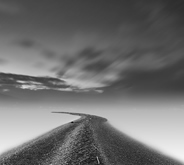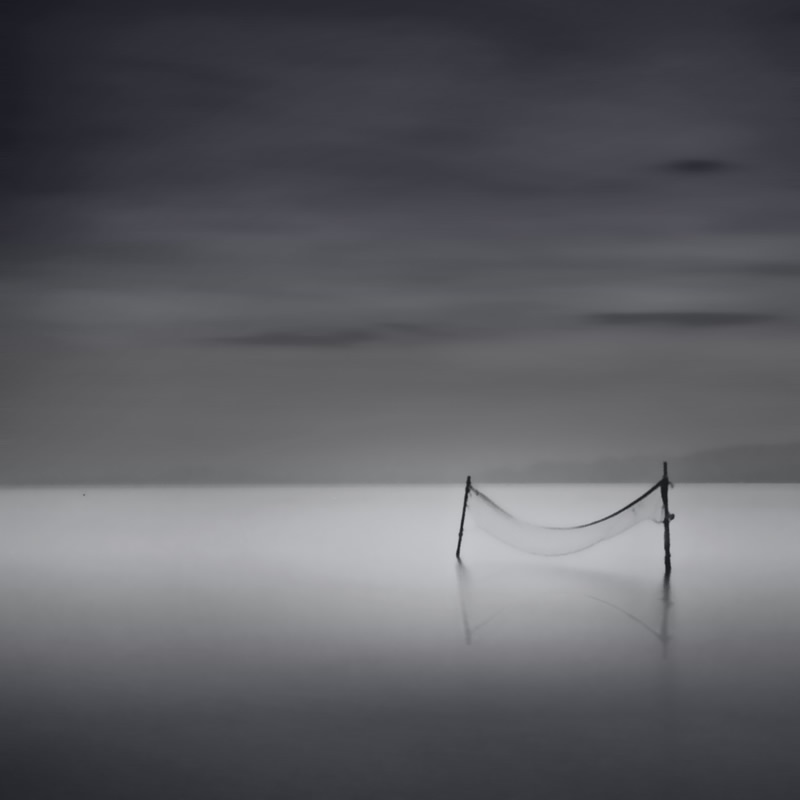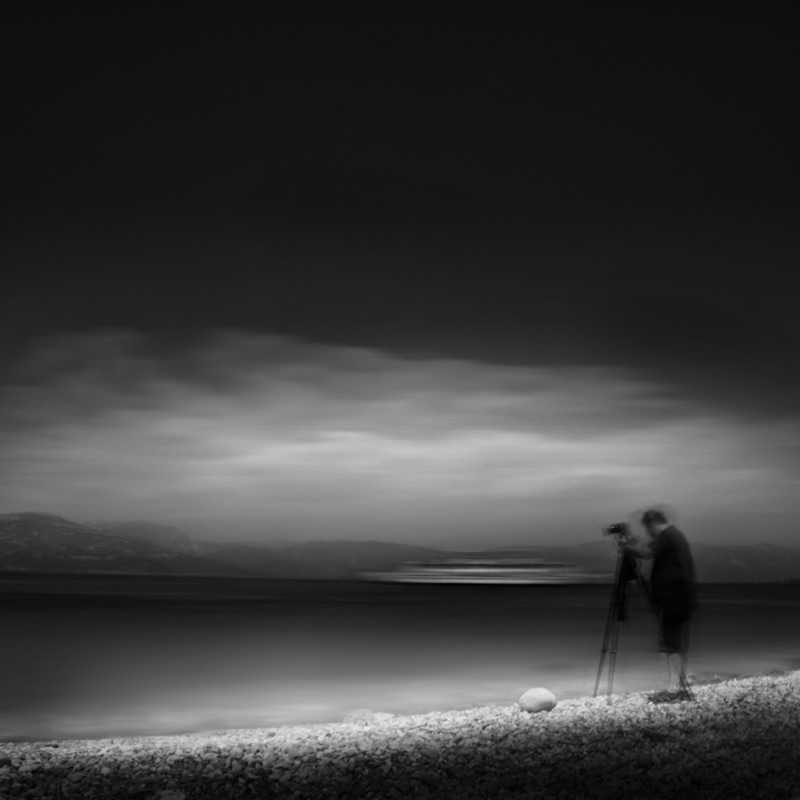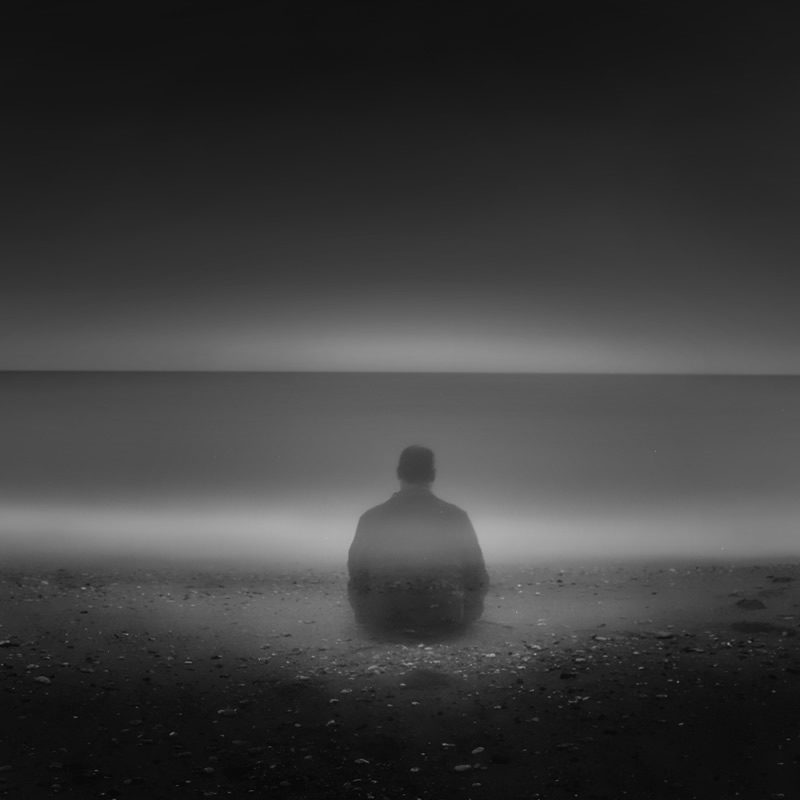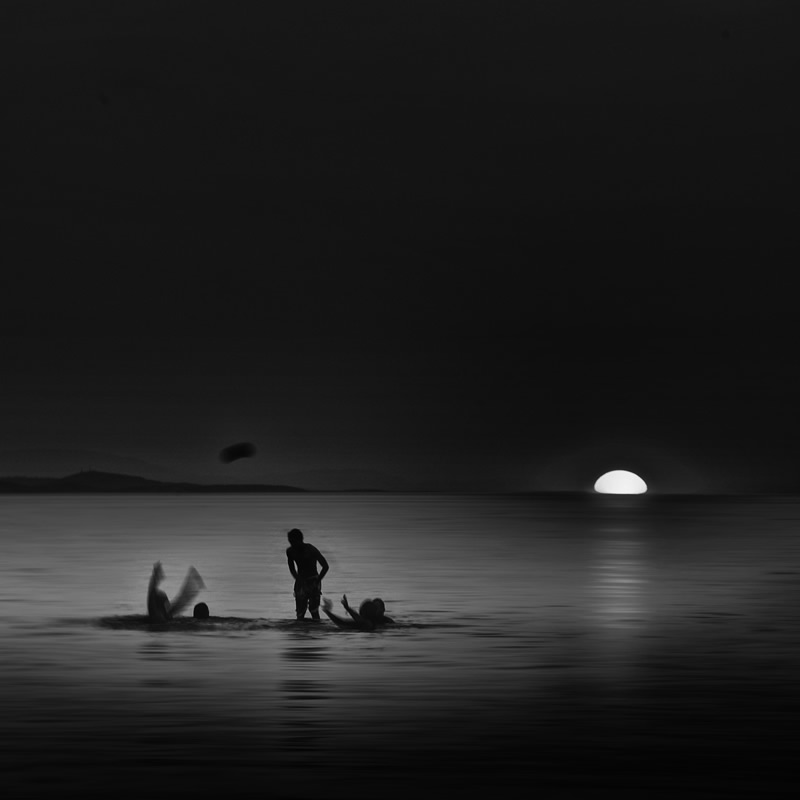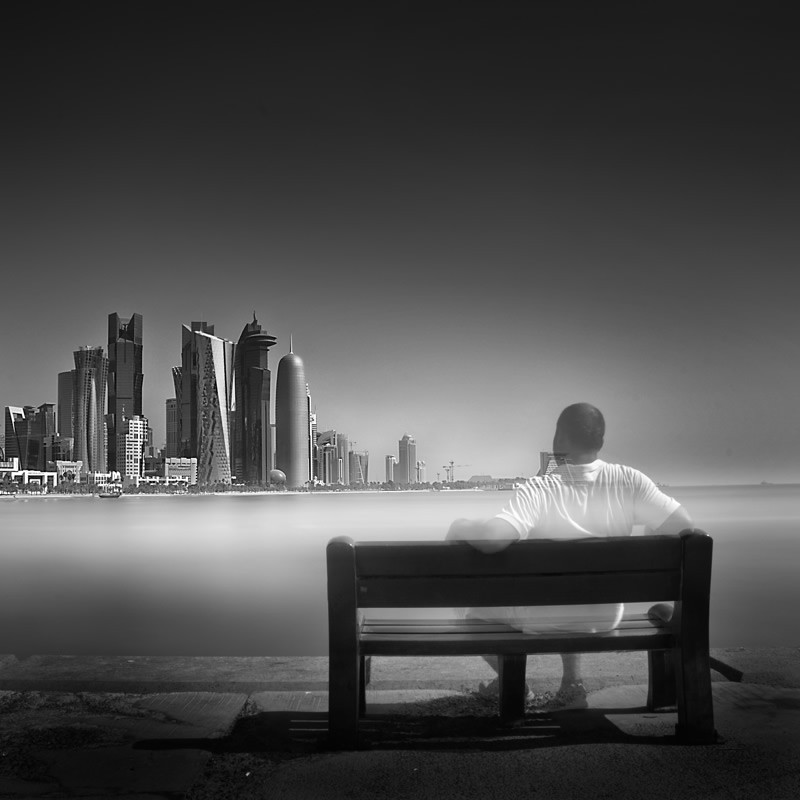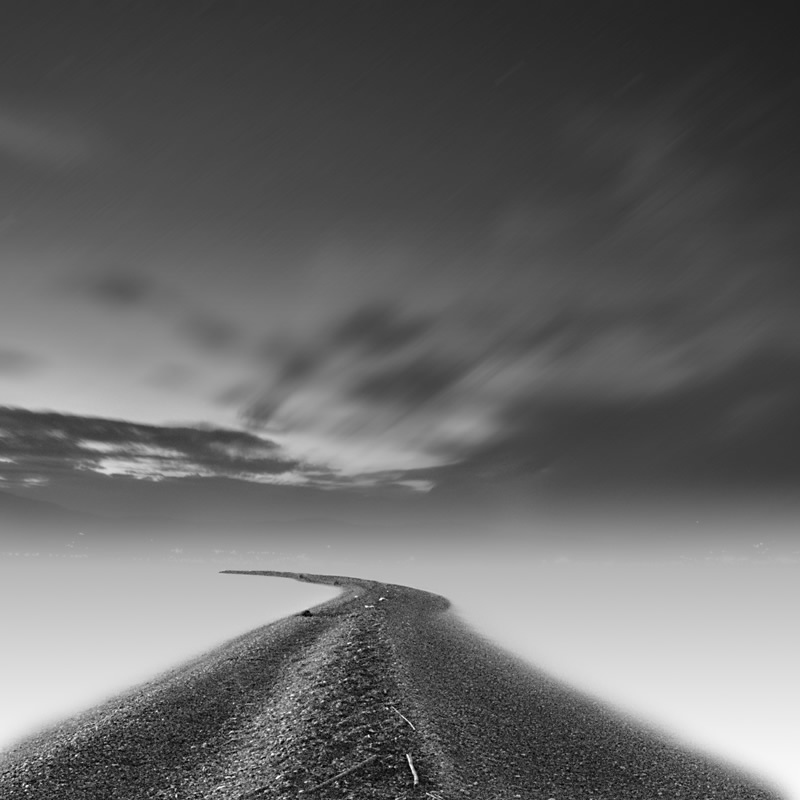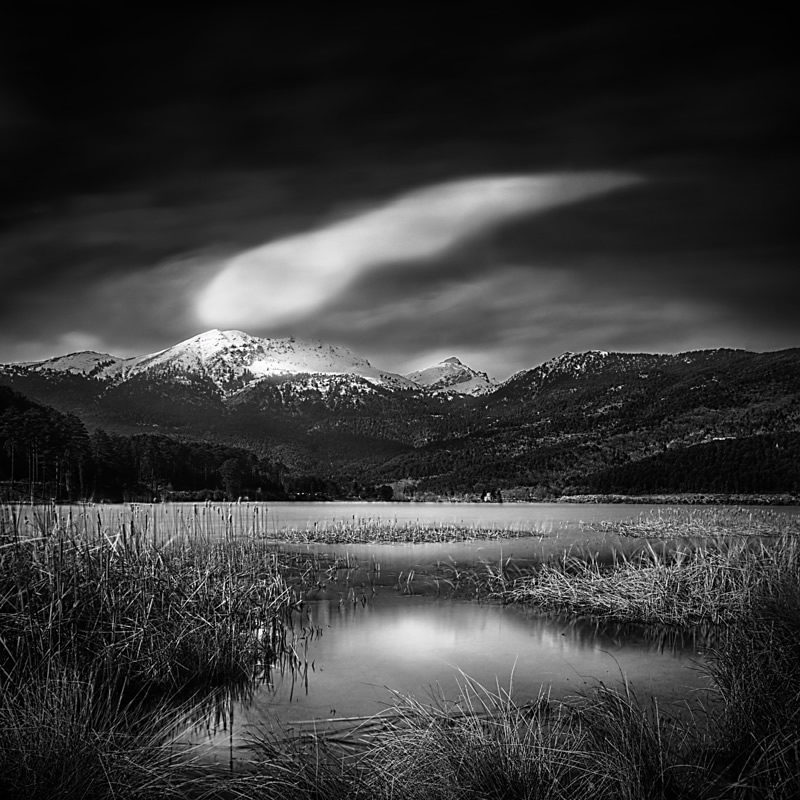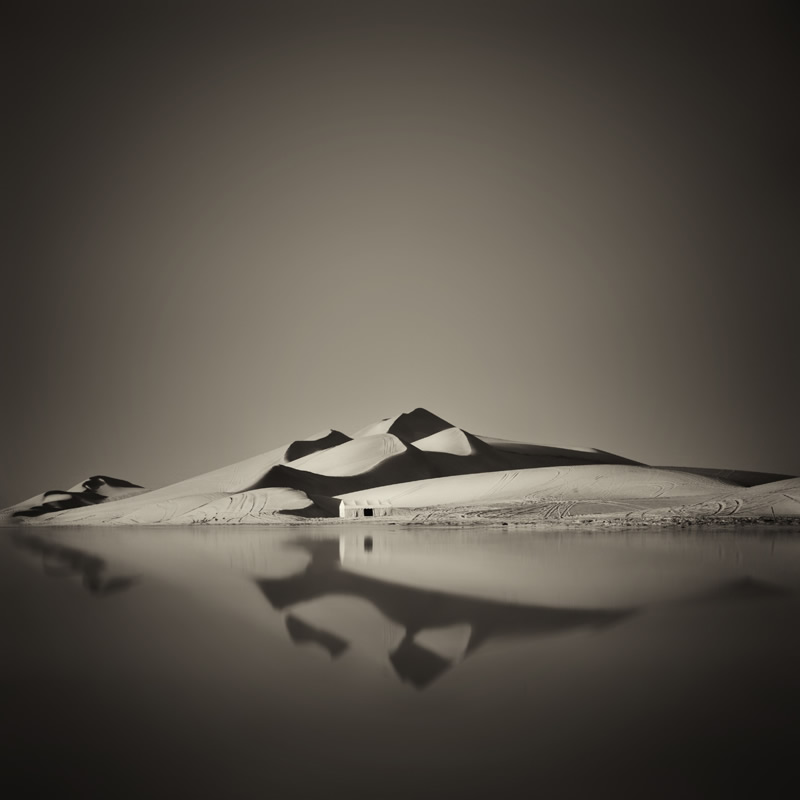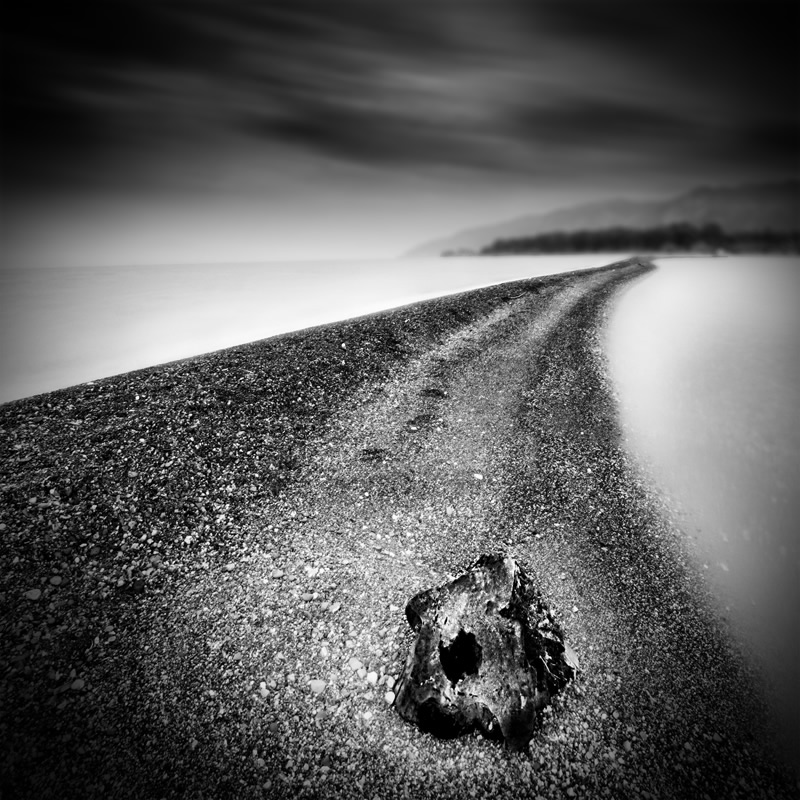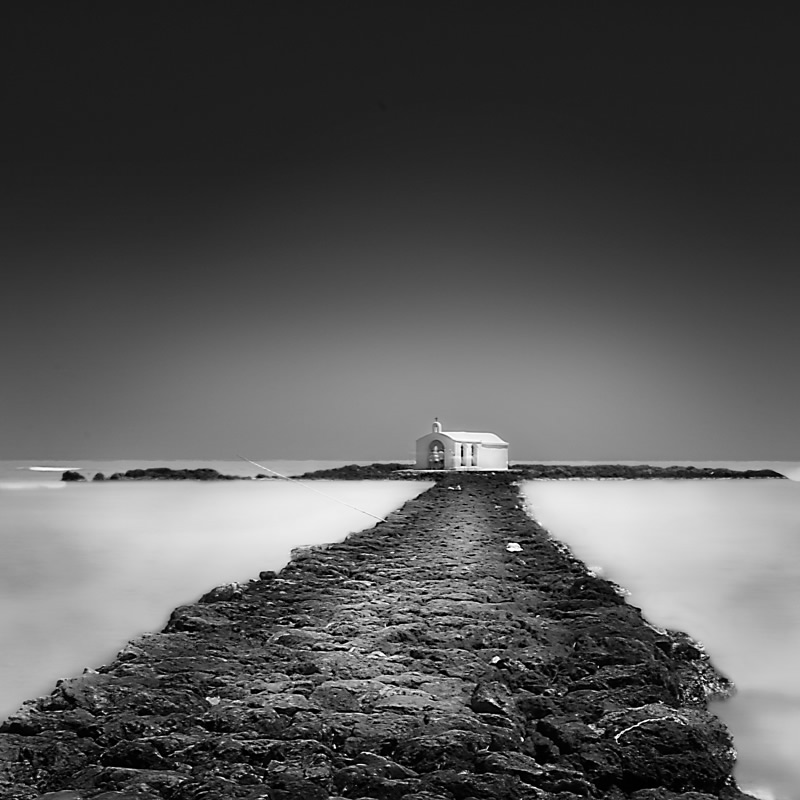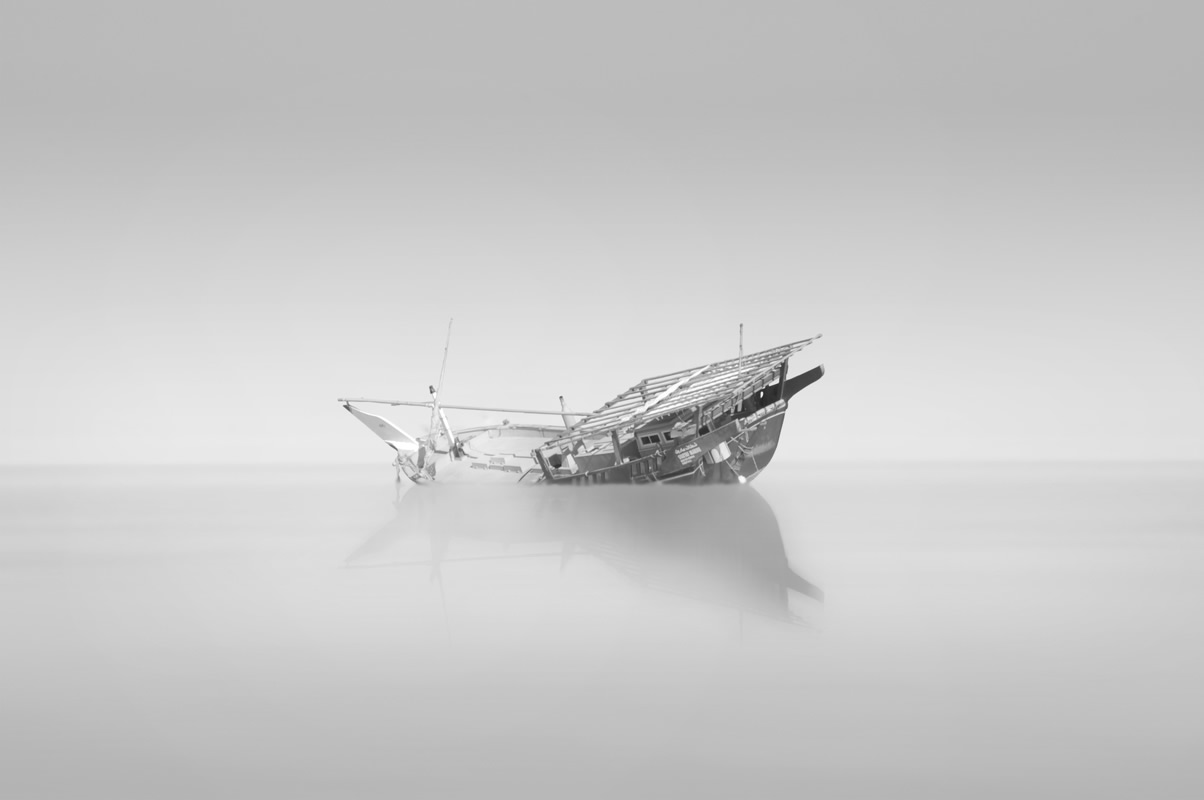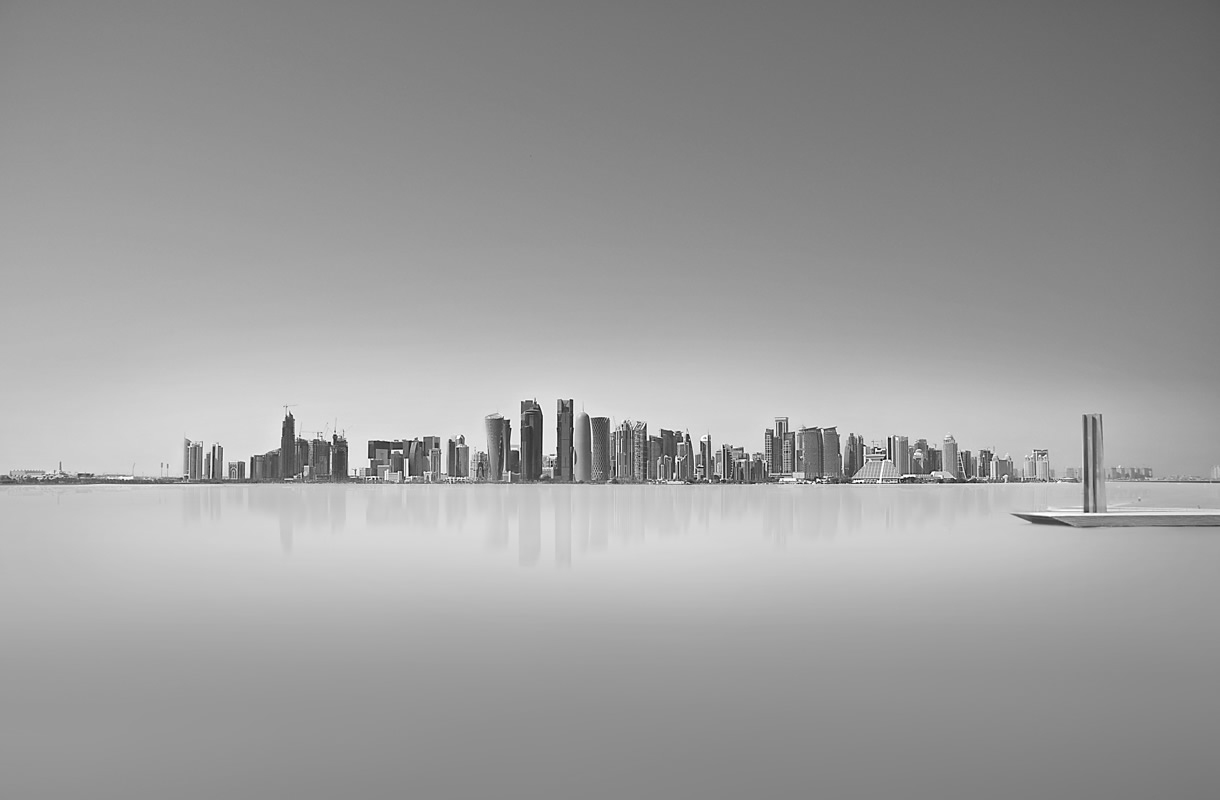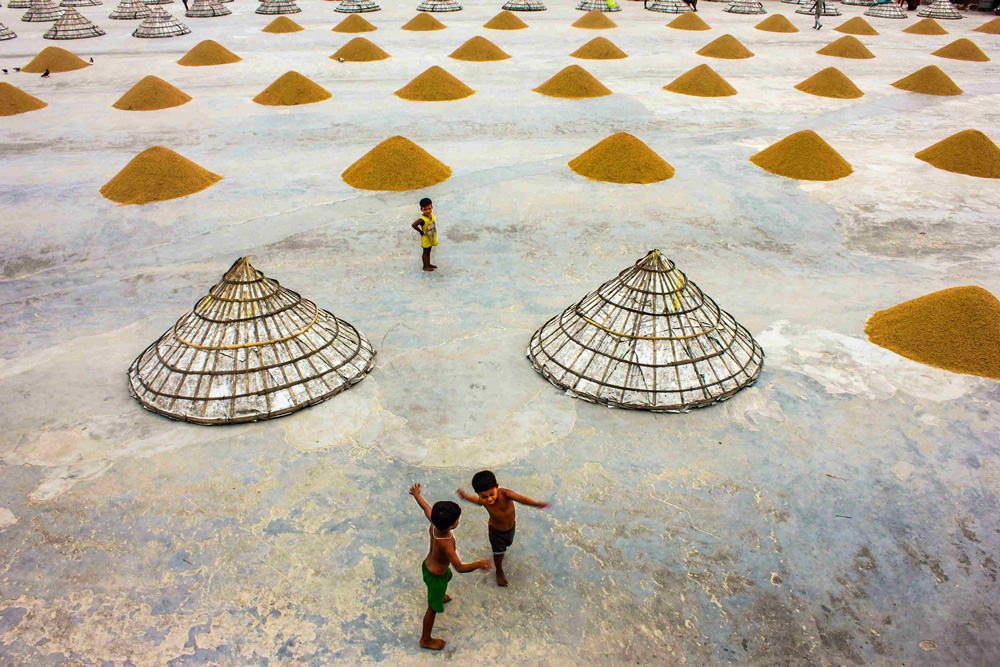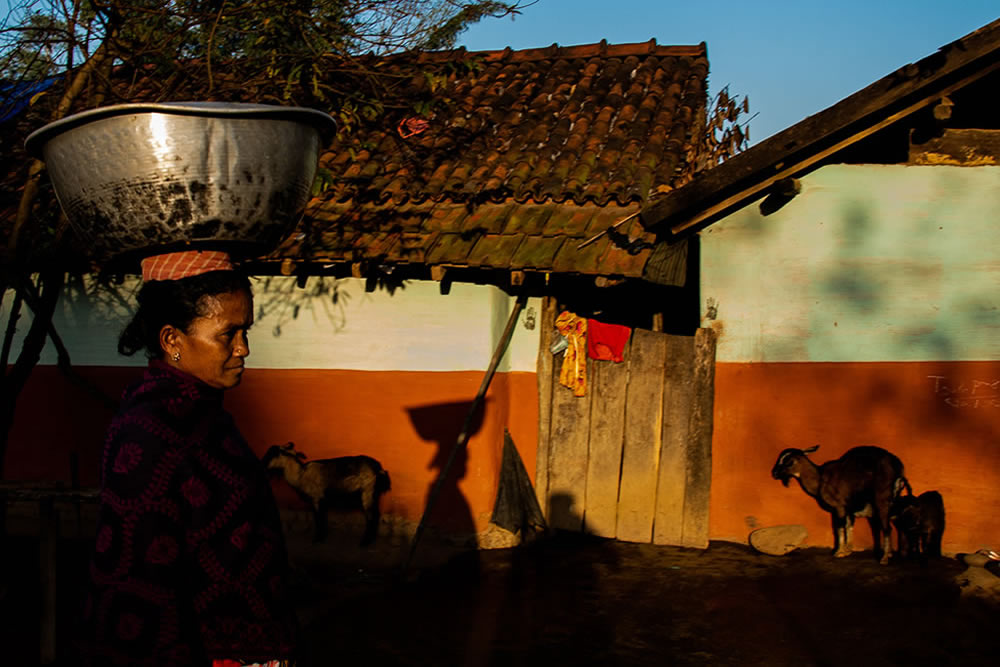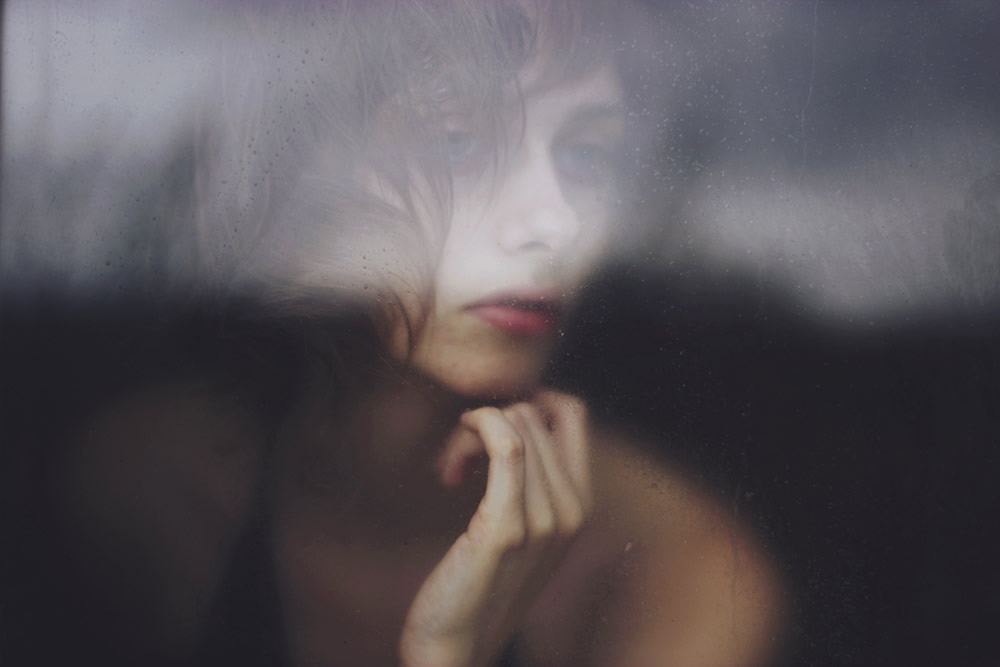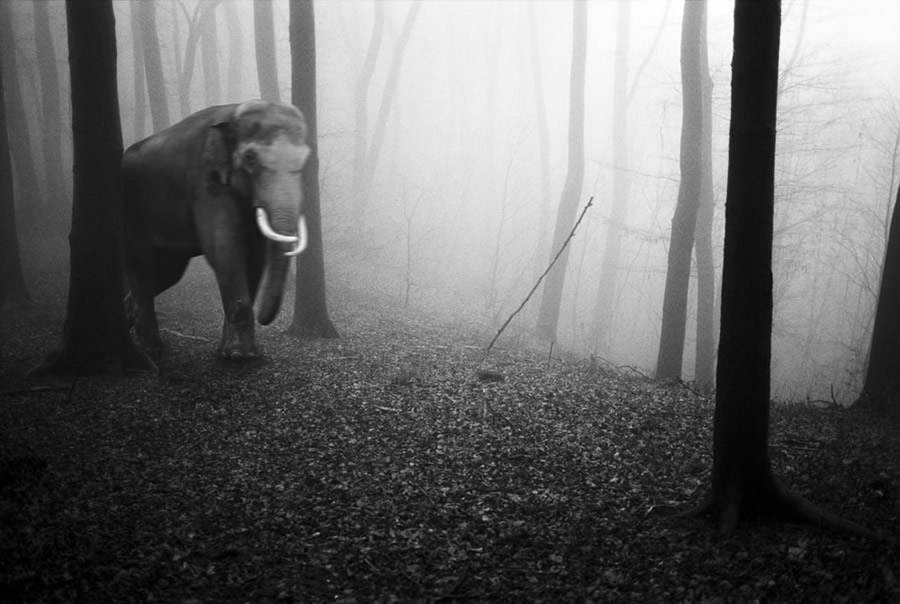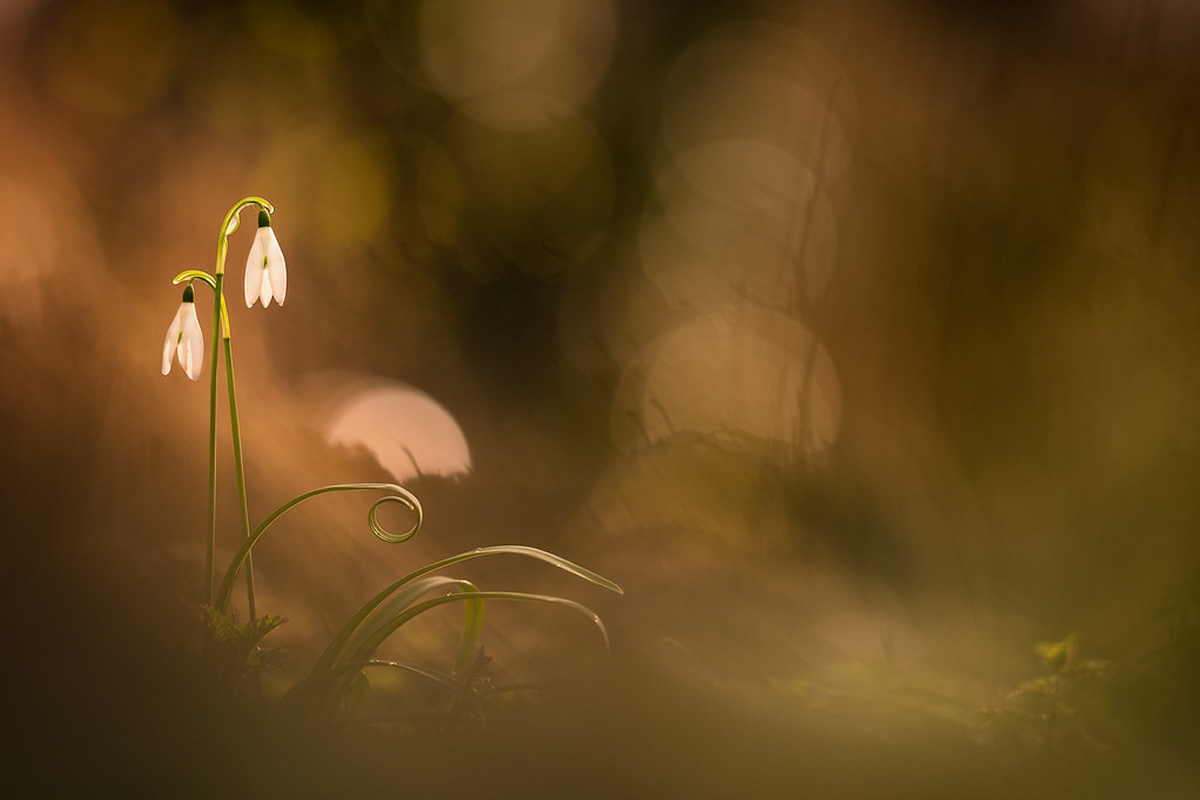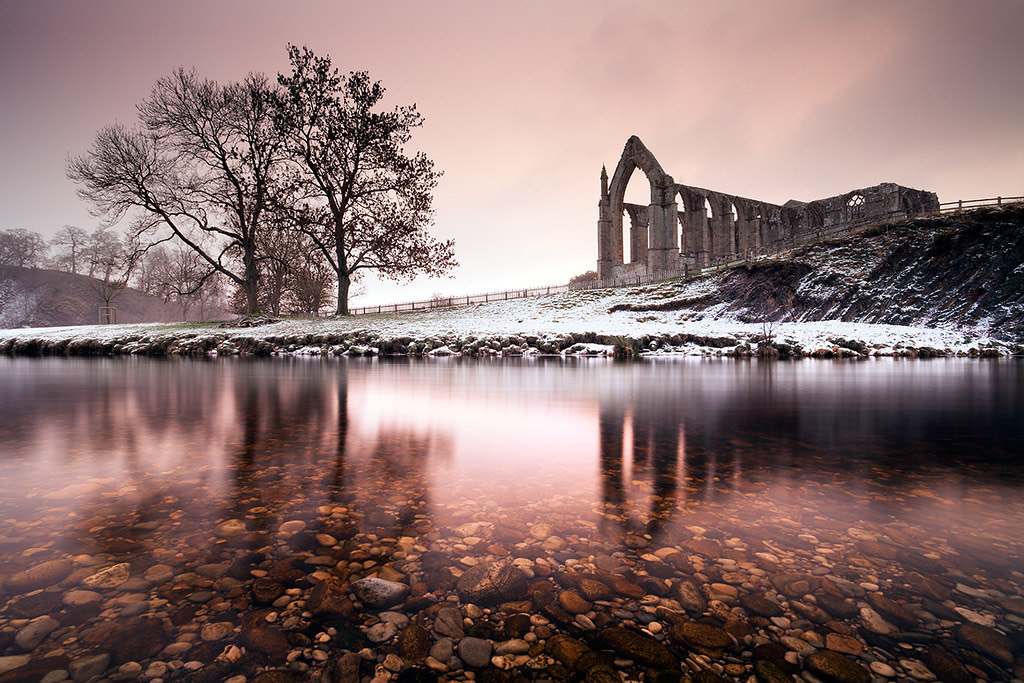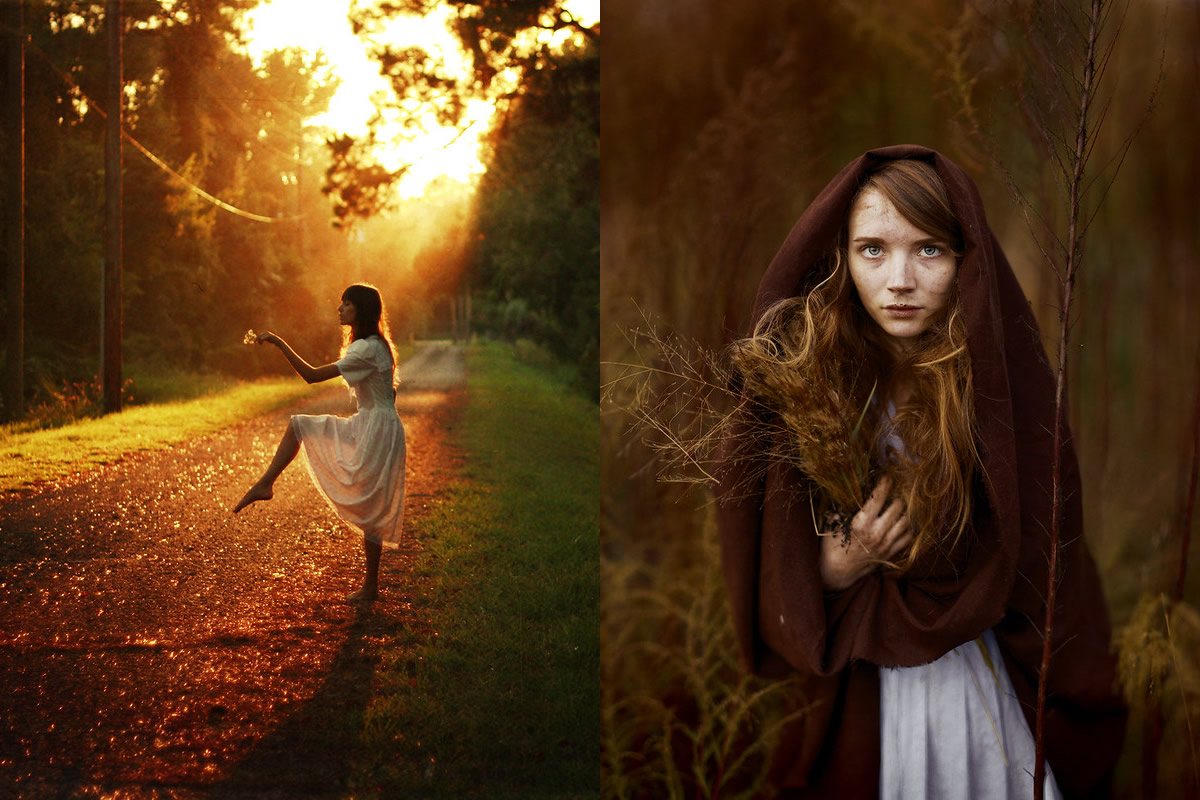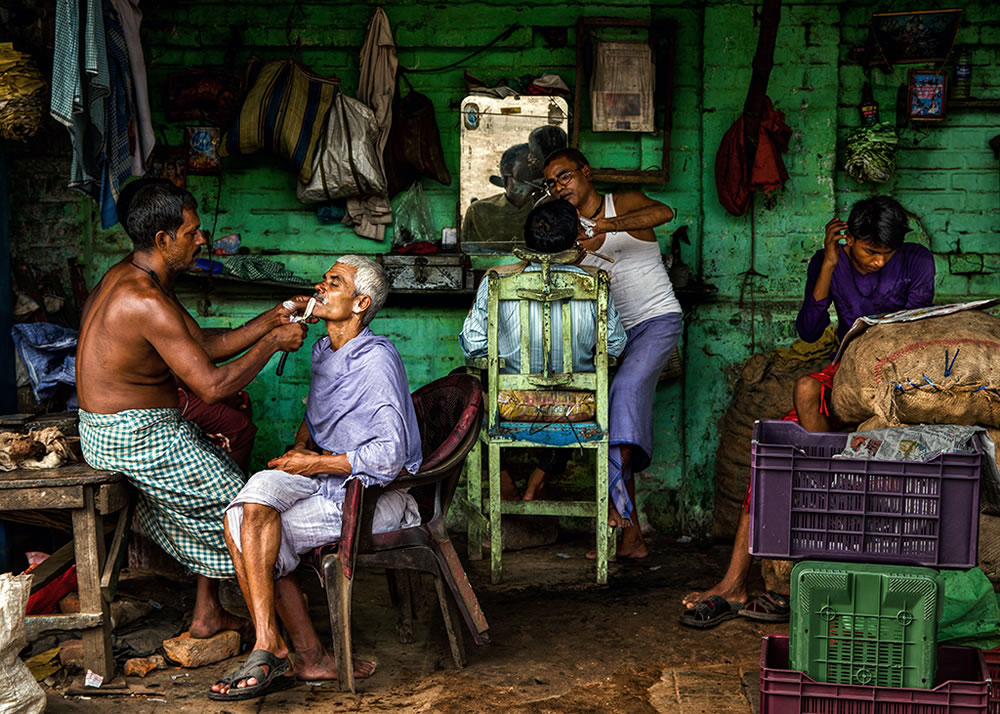An amazing artist from Greece. What I really like from Karatzas, he is very humble and very true with his work. Karatzas studied architecture in Budapest, urban design in Edinburgh and ecovillage design education at Findhorn. Since 2012 he’s been involved more systematically with fine art / long exposure and architectural photography. Let us hear from Karatzas himself.
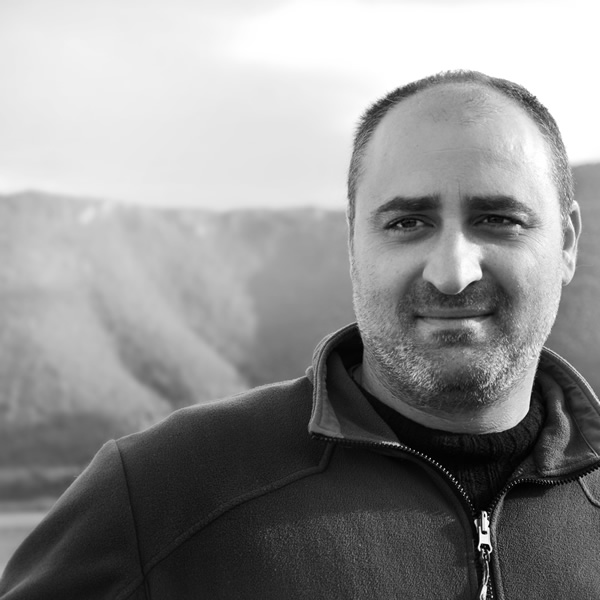
Could you please introduce yourself?
I was born in Greece in 1973. Studied architecture in Budapest, urban design in Edinburgh and ecovillage design education at Findhorn. Have worked as a freelance architects since 1999. I am a self-taught photographer with an interest in genres like street, landscape, architecture, reportage, editorial, fine art, long exposure.
Since 2012 I’ve been involved more systematically with fine art / long exposure and architectural photography. I also collaborate with arcspace.com of the Danish Architecture Centre as photo editor. I have been quite humbled and honored to be in your list of ‘grand & prestigious photographers of 2013 featured with 121clicks’, and I would like to take this opportunity to thank you for this special citation. The recent distinctions in the Sony World Photography Awards 2014 and Architizer A+ Awards 2014, have also been a great encouragement to continue and expand my photographic work. My on-goinig research is towards an integral approach to architecture, sustainability and art. Based in Aigion, I travel in Greece and abroad for my personal projects and commissions.
How did you get started in photography?
As an architect, photography has been part of my work and also one of my favorite visual arts since my adolescence. During my studied in high school and university we learned painting, so maybe the approach of creating an image instead of just capturing it has its roots there. I remember being drawn to Ansel Adams landscapes but during those early years it was the majestic subject matter without knowing much about the technical aspects. Grown up in the country side, I share the same love for architecture as I do for sceneries and natural features. In the past I was more inspired to explore photographically new locations during my trips and excursions than my immediate environment.
The last few years exercising this medium was for me an “excuse” to rediscover the beauty and interest around me. It’s part of the human condition to gradually pay less and less attention to whatever we have around us 24/7 and photography is a meditative practice to counterbalance this tendency (as you have expressed nicely at your article ‘5 ultimate reasons why photography is meditation’). Online photographic communities have also been a great motivator and education as through them I continued to discover many inspiring works, nuances in various genres, and get in touch with fellow photographers.
So this piecemeal flashback of mine in relation to your question, shows that there was not a single starting point, but a series of them, some conscious and direct, others unconscious and indirect, all of which form parts of the puzzle that hopefully will continue to unfold and evolve.
What is the secret behind to capture these long exposure photographs?
I wouldn’t call it a “secret”…: ) Just the desire the keep going out there, looking for such locations and frames, experimenting with exposure times and the different renderings/feel they have on the water and sky, studying the examples of long exposure photographers I admire, and trying out post-processing techniques.
One of the first photographers in this genre I discovered was David Burdeny back in 2006. The minimalist and contemplative feeling of his work stayed with me and I wanted to try this technique. Some years later, after acquainting with more LE artists and getting the gear, I ventured into it. Aside the technique and personal visions, the aspect I particularly enjoyed was the remote and outwordly subjects, the uniqueness of the locations, the process of discovering them. Some of them are indead far away (and finding the means to visit them is a whole other matter…: ), some are just infront of us (and that has its interest and value too).
If realistic photography is defined as “seeing a subject for what it is”, fine art photography adds the aspect “seeing a subject for what else is can be”, which is an exercise with interesting implications, also beyond photography. I am a fun of works with multiple layers of interpretation, not only because ideally it makes it richer in content, but also because it allows the active participation of the viewer in giving his or her own meaning and feeling. Which is not to say that other types of photography don’t have that dimension, some certainly do.
Can you please describe your post-processing technique?
The general approach is to manually blend (with mask layers) different exposures of the same image (over and under-exposed versions) either in whole areas of the image or in selected details, with the goal of creating a stronger and more captivating presence and depth. Directing the eye of the viewer in the elements of the image that are the main subject and process the secondary features in ways that support and reinforce it. Most of the post-processing happens between Photoshop and Silver Efex Pro 2 plug-in of Nik software. Serge Ramelli’s ‘interior design photography & retouching’ offers similar techniques using Lightroom.
George DeWolf ‘B&W Master Print’ article, on presence and luminance/luminosity, and Joel Tjintjelaar workflow presentation, have been pivotal in this regard. The more I discover post-processing techniques, the more I experiment and incorporate them in my work, for example Xavier Rey’s ways of using the tilt-shift technique. I am also thankful to Vassilis Tangoulis and John Kosmopoulos vision and approach, which I had the pleasure to view and discuss in person.
Your Future Goals?
Some future goals are: to produce photo-essays on grassroots and ecological communities with the support of scholarship grants and kickstarter funding, a photo-book on the contemporary architecture of the Achaia region, a few collaborations with fellow photographers are also in the making for an exhibition and commissioned work. As editor with arcspace.com, our goal is to present inspiring architectural and fine art photographers along with discussions about their work and so far we are very happy with the participation and excited about the upcoming features. Collaborating with fellow architects and related industry publications to showcase inspiring contemporary architecture is also an interest of mine.
Your Photography Gear?
Since 2010 I use a Nikon D90 dslr with the 18-105 Nikkor lens, neutral density filters (9 stops and 2 stops), circular polarizer filter and tripod for long exposure. Occasionally I have also used the Nikon D100 and Hoya infrared filter, and the Nikon D800 with lens Nikkor 14-24 mm and filters Formatt Hitech Pro Stop IR and soft gradient.
7) Your Favorite Photographers?
That’s a long list…: ) I have mentioned some in other parts of this interview.
Gregory Colbert would be among the top on my list of favorite contemporary photographers. His personal story, the way he approached and produce his projects, the profound and positive message they portray, his unique and exceptional style, the nomadic museum idea, the proposal for a preservation fund from advertisement royalties, are all outstanding and exemplary. An inspirational example that beauty and elegance can go hand in hand with social or environmental issues.
The photographers we feature on arcspace.com are also becoming favorites. Studying their work and careers and the personal contact that happens during the interviews, is a process I have come to enjoy. Even better than wonderful photography, is discovering equally wonderful people behind their work.
I have also found superb works and ideas in less famous photographers from online galleries like artlimited.net, 1x.com, Stark Magazine, ND magazine, 500px, and others. I think Alvaro Siza’s quote “to copy one architect is not good, to copy many though is essential” applies to photography as well, in the sense that we don’t create work in a vacuum, we are part – consciously or not – of greater holons and the more we are integrally informed the better it is, not only for our products but also for our consciousness. Since 2001 that I discovered the integral theory of Ken Wilber, studied it extensively and started appling it in my fields of interest. All movements in history have developed hand in hand with the pioneering theories of their time. An all-quadrant-all-level approach to architecture, sustainability and art, is in my opinion one of the most inclusive and positive methodologies at our disposal, addressing both the product and the creator in a holistic way. Introductory articles on how all this can translate into photography can be found here: ‘Zen and photography’ and ‘Integral photography – an outline’.
Your Favorite Photography Quote?
I like these quotes about design, consciousness and humility because they apply to all creative fields:
“Design is not always immediately perceived, nor is it meant to be fully understood. Design is not entirely definable even though the mind insists that it should be. Rather, design prefers the euphoria of epiphany and the steadfastness of growth. Revealed to consciousness through attachments and correspodences, design prefers to perpetuate an understanding between the seen and the unseen, between spirit and matter” – Carl Garant, ‘The Tao of Design’.
On the other, but equally important, side of the spectrum of design, is William McDonough’s observation from his ‘cradle to cradle design’ presentations:
“Perhaps we can develop a strategy of change which requires humility, and in my business as an architect it’s unfortunate that the word ‘humility’ and the word ‘architect’ haven’t appeared in the same paragraph since the fountainhead, so if anybody here has trouble with the concept of design humility, reflect on this: it took us 5000 years to put wheels on our luggage”.
Any advice for aspiring photographers?
One of the advices I liked from Brian Smith’s webminar ‘stop waiting for your big break’ was to approach and treat every shoot as if it’s your dream assignment, and find what is working for you and built up from that. Paul Arden’s book “It’s not how good you are, it’s how good you want to be” is also an interesting source full of zen-like advices and motivations but at the same time grounded in the marketplace mentality.
To counterbalance all this drive towards the “establishment of the self”, I like to be reminded that there are more that unite us than separate us, something that our ill-concieved competitiveness often makes us forget, or even worse, loose our humanity.
The images shown here are part of my ‘Anicca’ collection:
‘Anicca’ is the Buddhist notion that all of existence is in a constant state of flux and impermanence. The ancient Greek philosopher Heraclitus also expressed this in his famous aphorisms: “All entities move and nothing remains still, you cannot step twice into the same river.”
Long exposure and fine art photography is a fitting and creative way to contemplate on this existential condition that can be both suffering and liberating. Anywhere we turn our camera/attention at – landscapes, waterscapes, cityscapes, terrain vague, urban/rural life – becomes a canvas of cultivated awareness, sometimes joyfully ecstatic, others overwhelmingly tragic, but guiding us to move forward with never ending integrality, always partial, already whole.
Click on the image for better and enlarged view.
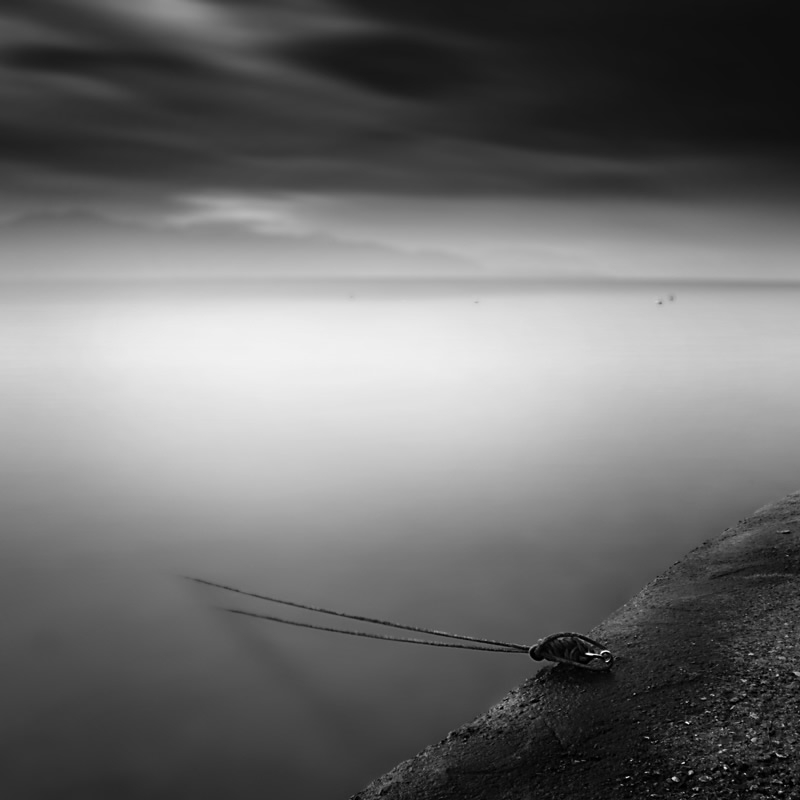
Untie the knot, Selianitika Greece
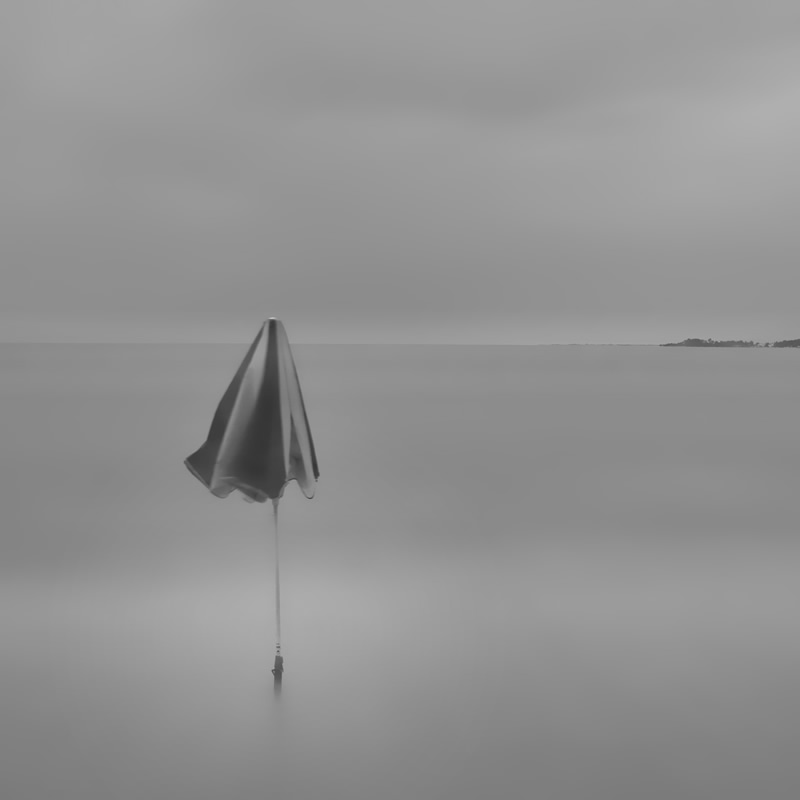
For a rainly day, Selianitika Greece
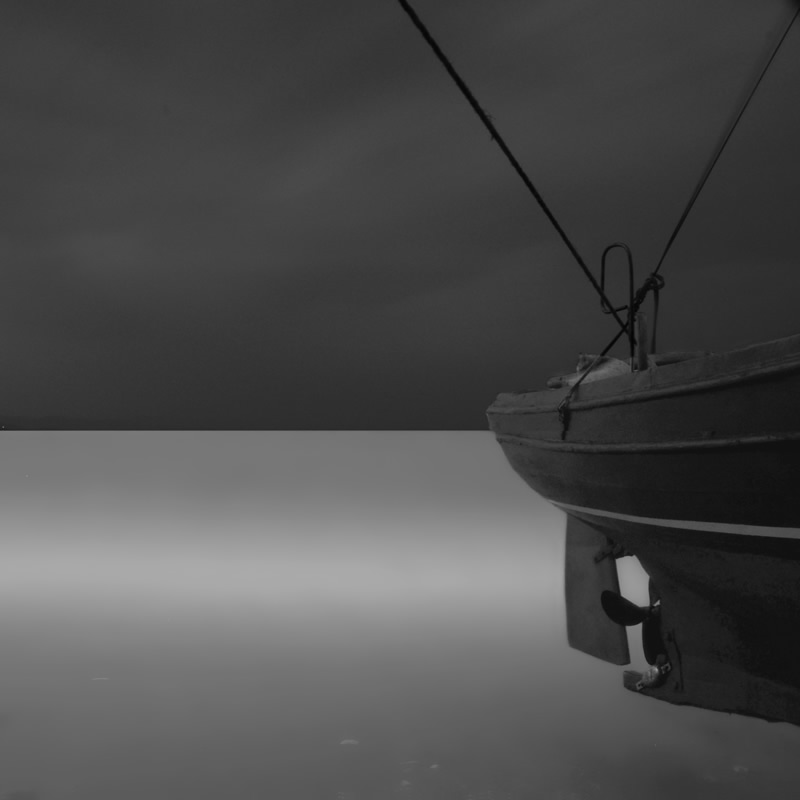
Deus Ex Machina, Loggos Greece
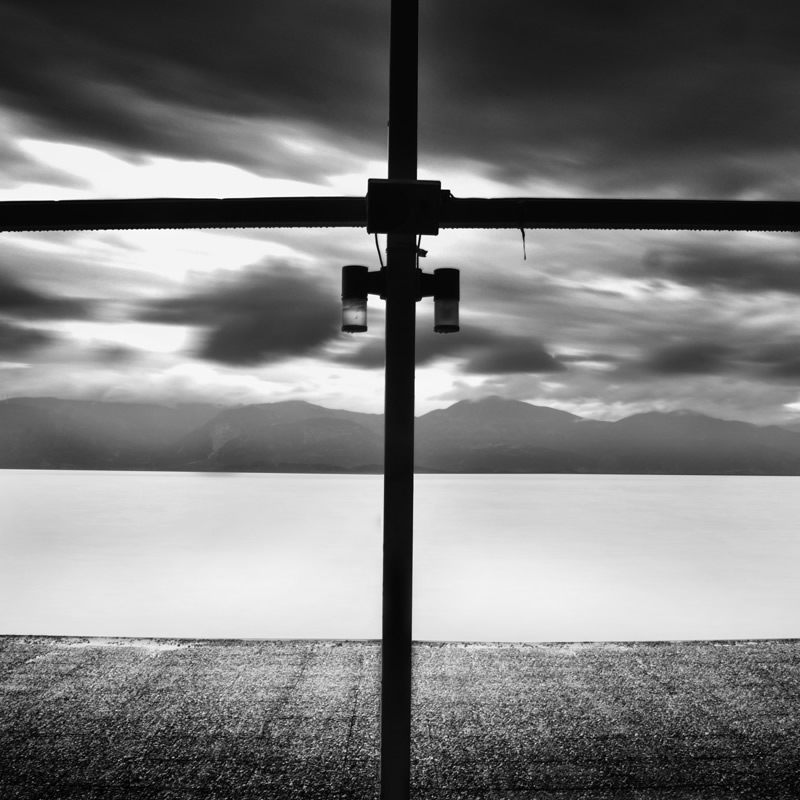
Off season II, Selianitika Greece
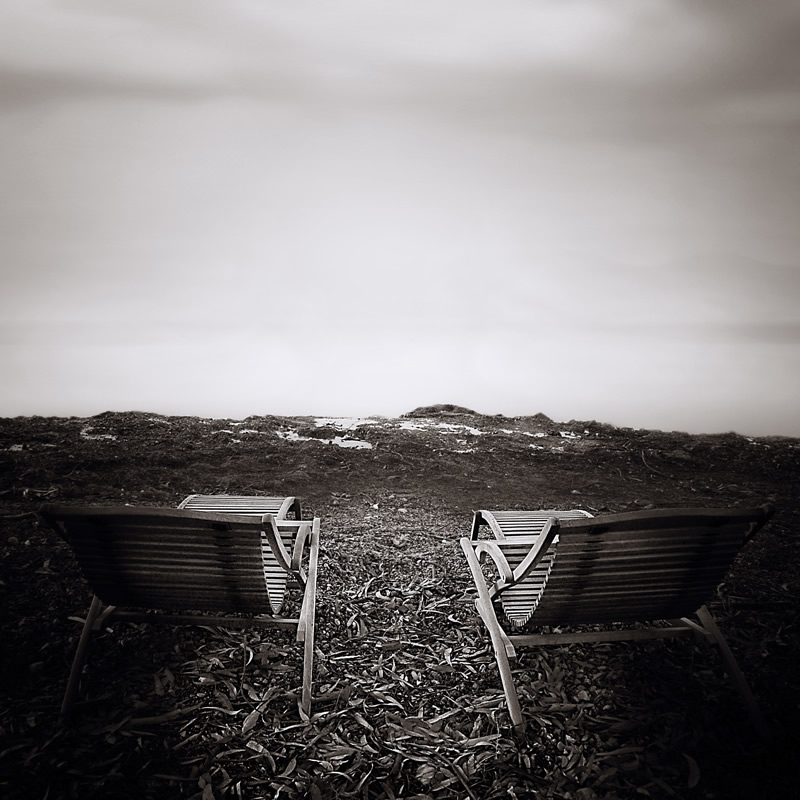
The space between us, Bouka Greece

Making ends meet, Psathopyrgos Greece
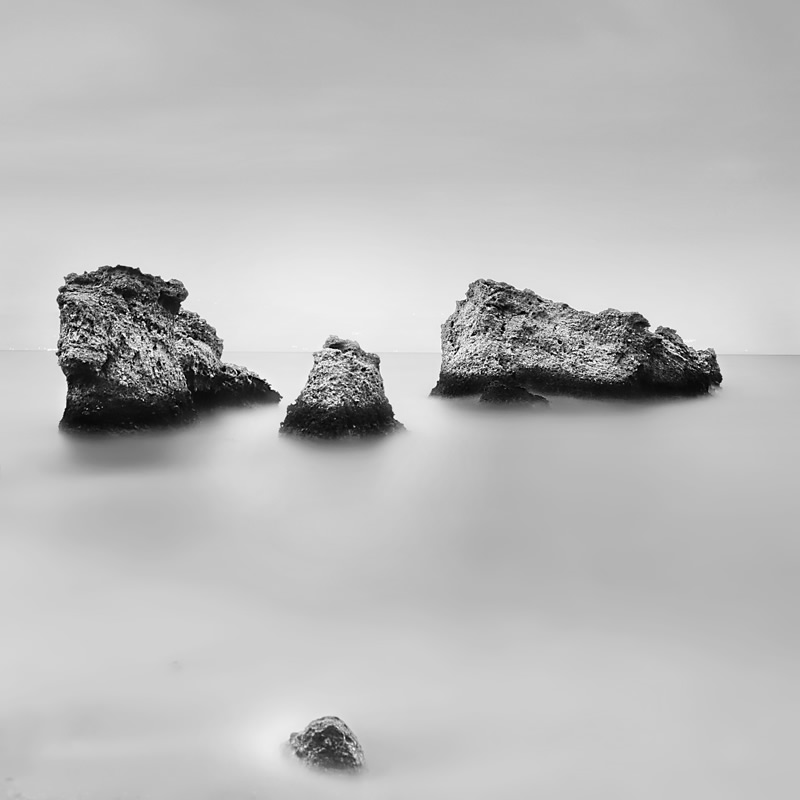
Le jardin de roches I, Diakofto Greece
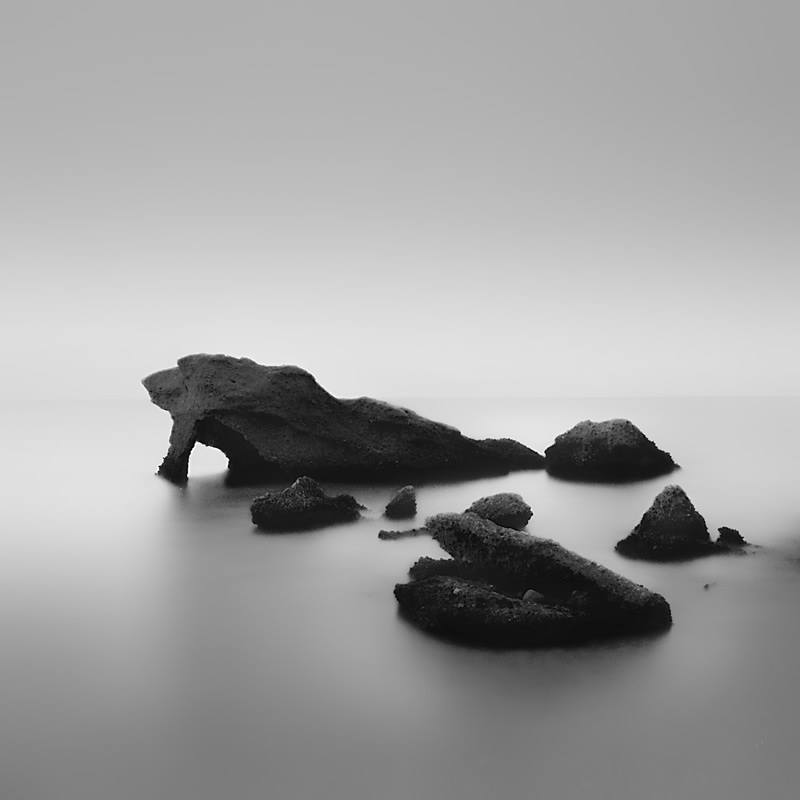
Le jardin de roches II, Diakofto Greece

Shining through I, Psathopyrgos Greece
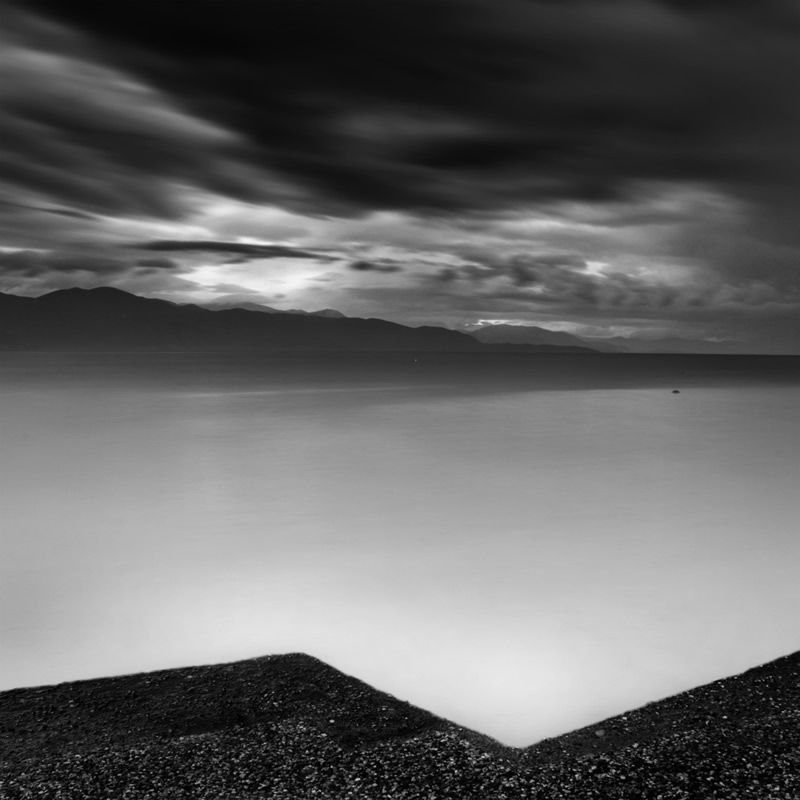
Cutting corners, Selianitika Greece

Shining through II, Rio Greece
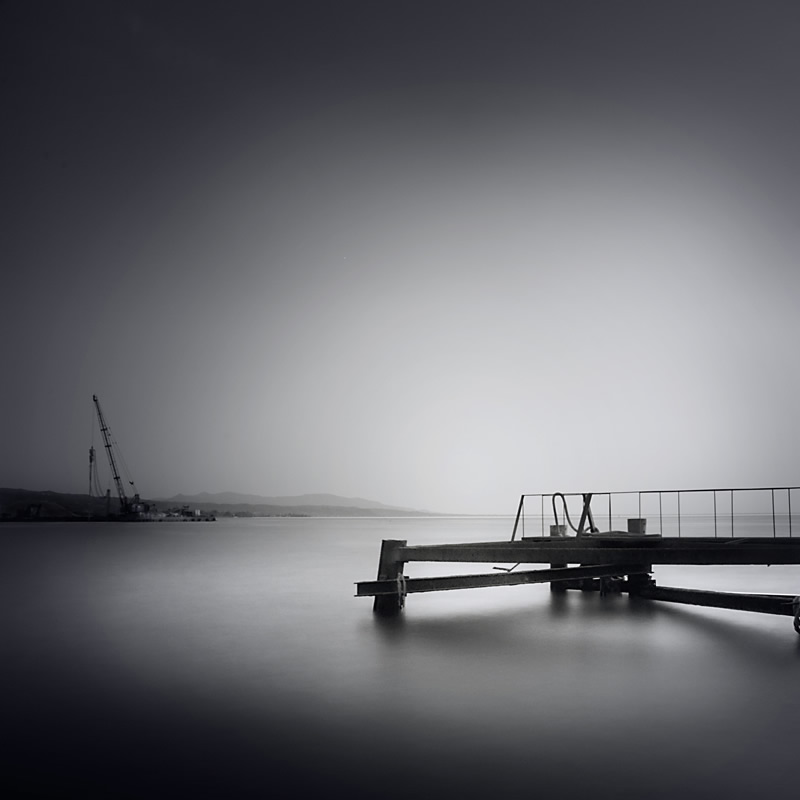
Terrain vague III, Patra Greece
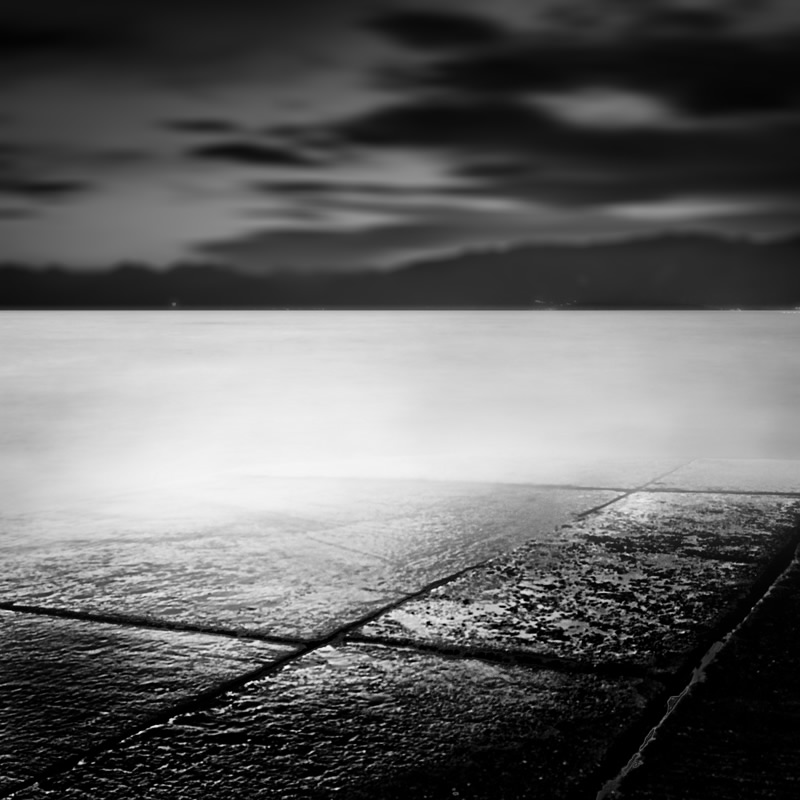
Terrain vague II, Aigion Greece

Shining through I, Patra Greece
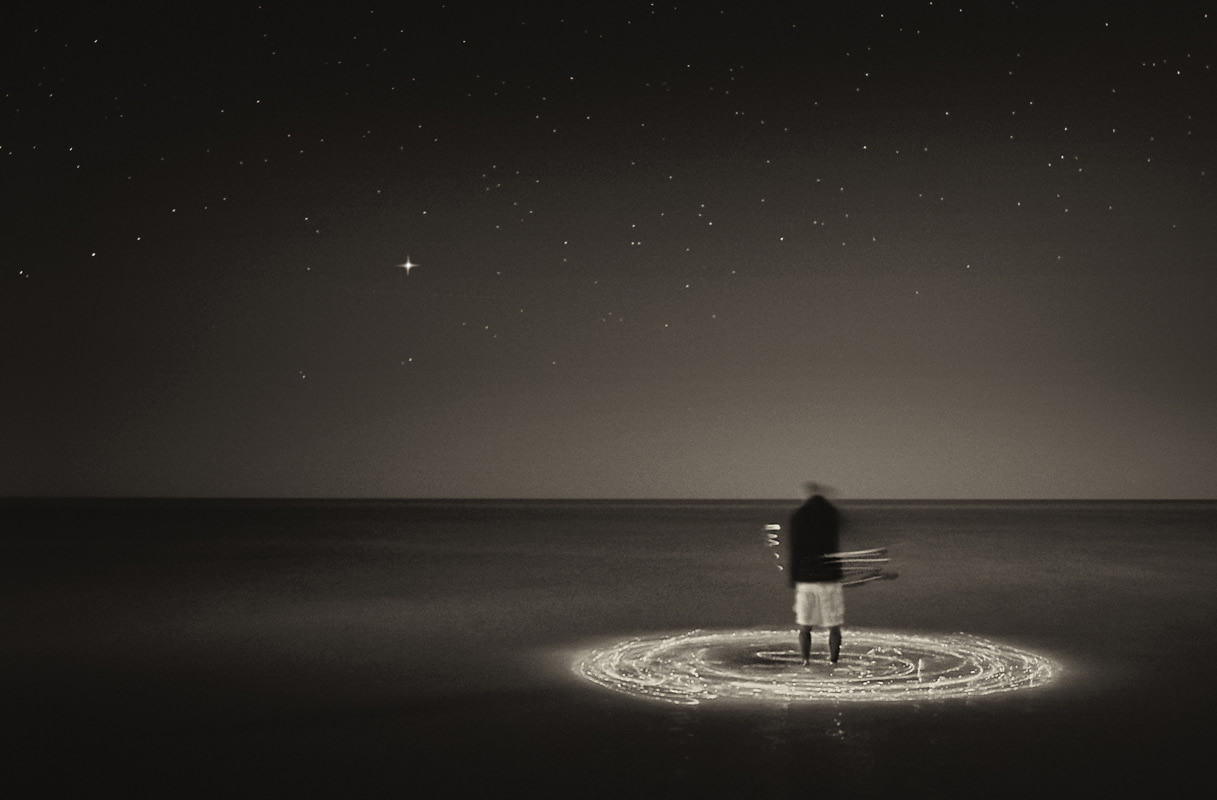
Star whirling, Mafjar north Qatar
You can find Pygmalion Karatzas on the Web :
Copyrights:
All the pictures in this post are copyrighted Pygmalion Karatzas. Their reproduction, even in part, is forbidden without the explicit approval of the rightful owners.

